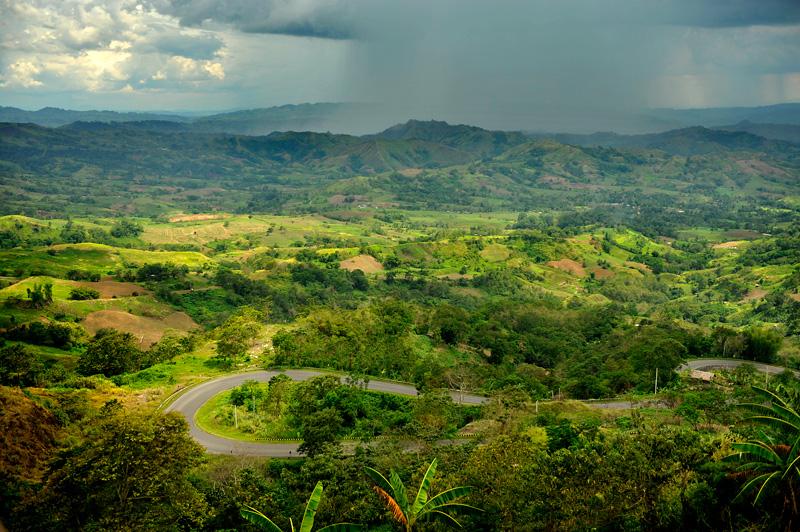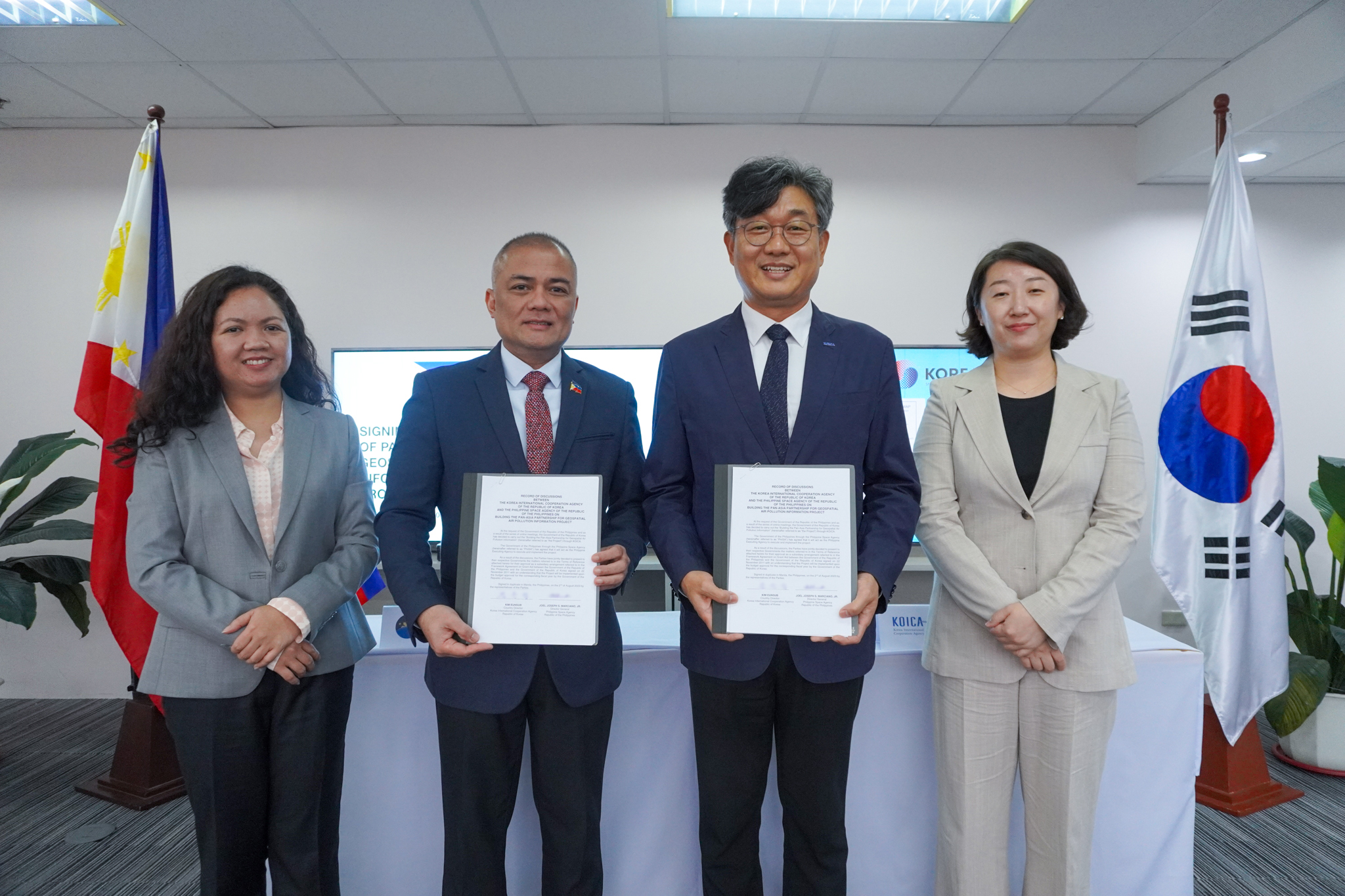The Korean government, through the Korea International Cooperation Agency (Koica), and the Philippine Space Agency (PhilSA) signed a partnership agreement to strengthen national capacity to monitor the condition of air quality and improve air quality plans and policies in the Philippines last August 2.
The Pan-Asia Partnership for Geospatial Air Pollution Information and the Pandora Asia Network (PAPGAPI-PAN) project is a technology transfer, data-sharing and capacity building initiative on air pollution using data from the Geostationary Environment Monitoring Spectrometer (GEMS) aboard Korea’s GEO-KOMPSAT-2B satellite complemented by ground-based remote sensing instruments called Pandora. Launched by the Republic of Korea in February 2020, GEMS is the world’s first geostationary satellite sensor for air quality monitoring. This technology enables hourly monitoring of air pollution levels in almost 20 countries in Asia, including the Philippines.

The project will provide PhilSA the capability to combine satellite and ground measurements for a comprehensive overview of air quality in the Philippines. The Pandora instruments, expected to be installed and operated in the country within the year, will be part of the Pandonia Global Network (PGN) which collects the Pandora data around the world and provides real-time standardized, calibrated, and verified air quality data. It is expected that this will fill information gaps to help build more evidence-based policy making to address air quality issues in the country. KOICA and PhilSA will jointly provide technical and operational support to implement the project in the identified sites.
Selected Pandora sites in the country include Puerto Princesa in Palawan and Manila Observatory in Quezon City, Metro Manila. These sites were identified based on existing infrastructure, logistics, and scientific merit. In particular, the proposed Pandora sites are selected to cover different concentrations of air pollutants (such as nitrogen dioxide and particulate matter) across the country based on historical records both from ground and satellite observations. Meteorological parameters such as rainfall and cloud cover are also considered in the selection process. Other candidate sites for potential additional Pandora instruments include Ilocos Norte, and Cebu City.
The ground vertical column measurement of air pollutants from Pandora will be used in conjunction with the GEMS observation for comprehensive and improved monitoring of air quality across the country and the Asia-Pacific region. With its hyperspectral sensor and geostationary orbit, GEMS will provide measurements of different air pollutants such as nitrogen dioxide, sulfur dioxide, ozone, formaldehyde, and particulate matter at an hourly rate during daytime.

With the P12.6 million partnership aiming to monitor the condition of the Philippines’ air quality using data from the GEMS and Pandora instruments, this will further enhance national capacity as well as fill in the data gap in the country for better understanding of air pollution and air quality monitoring.
“Air quality can significantly affect the health and quality of life of people everywhere. Satellites and measurements from space provide additional perspectives that complement and enhance ground measurements and existing air quality monitoring initiatives in our country,” PhilSA Director General Marciano said.
Koica Country Director Kim Eunsub mentioned that the milestone project will highlight the substantial contribution of space science and technology applications in the socio-economic development of the Philippines as President Marcos Jr. emphasized when he proclaimed Philippine Space Week to be celebrated every August 8 to 14 of every year. He is optimistic that “the partnership will contribute to the furtherance of PhilSA’s mandate of strengthening national security, space research and climate change management.”
The project is a collaboration among various agencies, including KOICA, PhilSA, the United Nations Economic and Social Commission for Asia and the Pacific (UNESCAP), Korea National Institute of Environmental Research (NIER), and Korea Environment Corporation (KECO).
It is expected to contribute to further enhancing the strong and dynamic relationship between the Philippines and Korea through the sharing of satellite air quality data, best practices of GEMS data application and technology, joint research, and successful project implementation.
With additional report: The Manila Times







